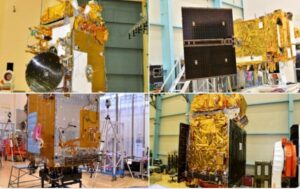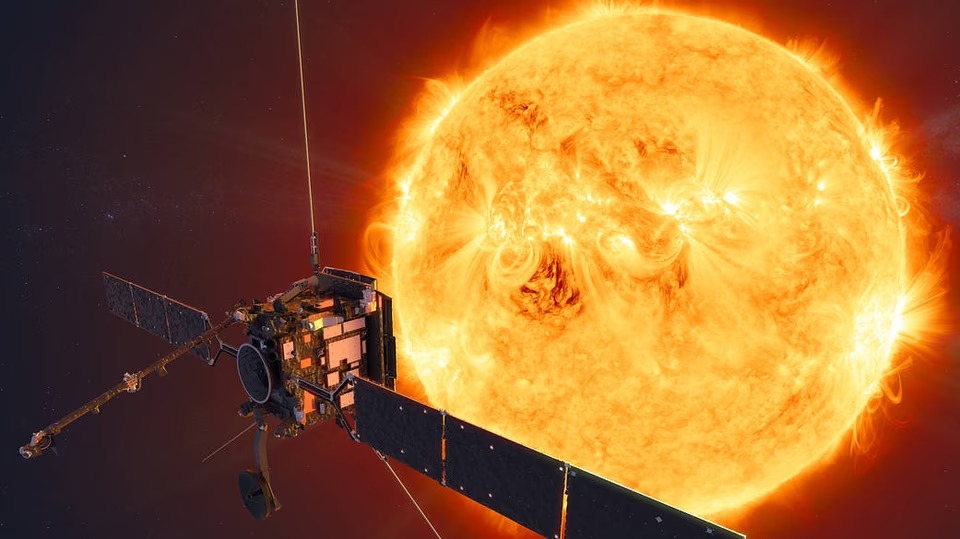FAQs about ISRO’s Aditya-L1 Solar Mission: Following the successful landing of a unique chapter in the nation’s history with the Chandrayaan-3 Vikram Lander on the Moon, the Indian Space Research Organisation’s Aditya-L1 Solar Mission is now ready to explore the Sun.
The ISRO Aditya-L1 Solar Mission will be India’s first space-based observatory dedicated to studying the Sun.
ISRO’s Aditya-L1 Solar Mission: Launch Date and Timetable
ISRO announced on Monday that the Aditya-L1 Solar Mission, the first space-based Indian observatory to study the Sun, will launch on September 2, 2023.
The solar mission will be launched from Sriharikota on September 2, 2023, at 11:50 a.m.
Aditya-L1 Solar Mission: Launch Site
The Indian Space Research Organization’s (ISRO) Aditya-L1 Solar Mission will launch from the Satish Dhawan Space Centre (SDSC) SHAR in Sriharikota.
Meanwhile, ISRO announced on their official X handle (old Twitter) that “the launch of Aditya-L1, India’s first space-based observatory to study the Sun, is scheduled for September 2, 2023, at 11:50 Hrs IST from Sriharikota.” Citizens can watch the launch from the Launch View Gallery in Sriharikota by enrolling here: https://lvg.shar.gov.in/VSCREGISTRATION/index.jsp. There will be an announcement about the start of registration.”

What is the ISRO Aditya-L1 Solar Mission?
The spacecraft carries seven payloads that use electromagnetic particle and magnetic field detectors to study the photosphere, chromosphere, and outermost layers of the Sun (the corona).
Objectives of the ISRO Aditya-L1 Solar Mission
The Aditya-L1 mission’s primary scientific goals are as follows:
• Research into the dynamics of the Sun’s upper atmosphere (chromosphere and corona).
• Investigation of chromospheric and coronal heating, as well as the physics of partially ionised plasma
• Study particle dynamics from the Sun by observing the in-situ particle and plasma environment.
• Solar corona physics and heating mechanism.
• Coronal and coronal loop plasma diagnostics: temperature, velocity, and density.
• The evolution, behaviour, and origin of CMEs.
1) Determine the sequence of processes that occur at different levels (chromosphere, base, and extended corona) that lead to solar eruptive events.
• Topology of magnetic fields and magnetic field measurements in the solar corona.
• Space weather drivers (origin, composition, and dynamics of solar wind).
🚀PSLV-C57/🛰️Aditya-L1 Mission:
The launch of Aditya-L1,
the first space-based Indian observatory to study the Sun ☀️, is scheduled for
🗓️September 2, 2023, at
🕛11:50 Hrs. IST from Sriharikota.Citizens are invited to witness the launch from the Launch View Gallery at… pic.twitter.com/bjhM5mZNrx
— ISRO (@isro) August 28, 2023
ISRO’s Aditya-L1 Solar Mission
Aditya L1 will be India’s first space-based mission to study the Sun. The spacecraft will be positioned in a halo orbit around the Sun-Earth system’s Lagrange point 1 (L1), which is approximately 1.5 million kilometres away from Earth.
A satellite in halo orbit around the L1 point has the significant benefit of continuously viewing the Sun with no occultation/eclipses. This will give us a significant advantage in studying solar activity and its impact on space weather in real time.
Previously, on September 23 evening, India took a major leap forward when the Chandrayaan-3 lander module successfully landed on the moon’s South Pole, making it the first country to accomplish the historic achievement.





